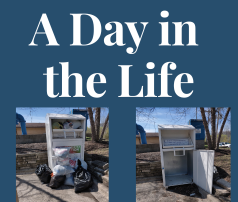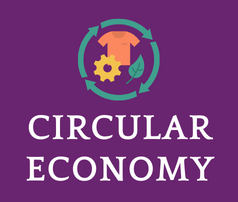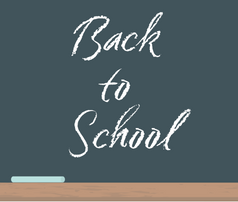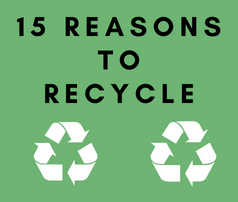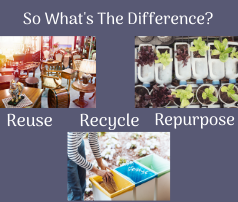 Recycling
Recycling

Last month, we posted a blog about the 5 R’s, an idea shared with us by David Rousse, of the International Nonwoven Disposables Association (INDA). In the process of creating that blog, we had to look deeper into what exactly the difference is between those keywords: reuse, recycle, and repurpose. These three terms can initially be confusing, so we thought it might be useful to dedicate an entire blog to discover the difference and help educate our recyclers in the many choices they have when it comes to choosing what to do with unwanted possessions.
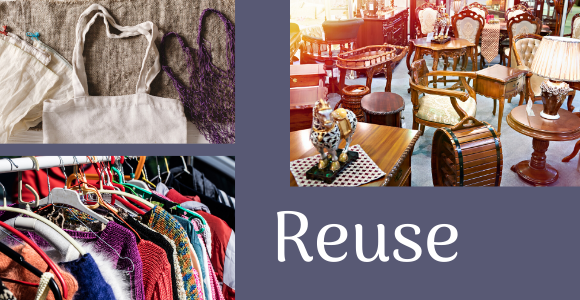
Reuse
Merriam-Webster online defines “reuse” as “to use again especially in a different way or after reclaiming or reprocessing.” The second entry is “further, different, or repeated use.” There are many items capable of reuse. The first and most obvious is when you drop off old clothes and items at a resale store and they are bought and reused by customers. Hand-me-downs are reused clothing. Heirlooms are reused items passed down through a family generation by generation. You can reuse a knife after washing it, or reuse a baby toy with your next child.
Reuse is a very popular concept right now in building and remodeling homes. Reclaimed barn wood is sought after to add character to the flooring in homes and help reduce costs. Beams, barn doors, and other antiques can also be reused and given a second life by being added to a home through remodeling projects. Cabinets and dressers or bookshelves can be freshened up and reused with a new coat of stain or paint. There are many ways items can be reused with forethought and creativity.
Benefits
As shared by the ReUse Development Organization, “Reuse is a means to prevent solid waste from entering the landfill, improve our communities, and increase the material, educational and occupational wellbeing of our citizens by taking useful products discarded by those who no longer want them and providing them to those who do. In many cases, reuse supports local community and social programs while providing donating businesses with tax benefits and reduced disposal fees.” Also, reuse “reduces air, water and land pollution, [and] limits the need for new natural resources, such as timber, petroleum, fibers and other materials.” Read more about the benefits here.
Examples of Reuse
Resale stores
Hand-me-downs
Heirlooms
Reclaimed flooring
Antiques and other reclaimed pieces
Restained or painted cabinets and dressers

Recycle
Reflecting the many avenues recycling can take, the definitions Merriam-Webster gives for “recycle” are:
“To pass again through a series of changes or treatments: such as
- To process (something, such as liquid body waste, glass or cans) in order to regain material for human use
- To reuse or make (a substance) available for reuse for biological activities through natural processes of biochemical degradation or modification”
Another definition is “To adapt to a new use” which is the second of five included in this “recycle” entry. Several others had the word “reuse” in their definitions which can be confusing when trying to differentiate between recycling and reuse.
The way that ReUse People of America described the difference between recycle and reuse is that
“Reuse is any activity that lengthens the life of an item. Recycling is the reprocessing of an item into a new raw material.”
This differentiation really helps in clarifying these two words. To reuse an item is to leave it in its initial state and simply use it again or offer to someone else to use again in the same state. To recycle an item is to actually move it through some kind of process that changes its very being in order that it can be reused again.
When you place your recyclables out by the roadside each week, they will not be reused in their same state. They will be sent to undergo different processes to clean and change them into a new product that can be used again. Recycling uses energy and causes some pollution whereas reusing does neither of these things.
Benefits
The benefits of recycling are numerous. Recycling “reduces the amount of waste sent to landfills and incinerators,” “saves energy,” and “conserves natural resources such as timber, water and minerals.” More benefits or advantages to recycling can be found here.
Examples of Recycle
Anything you would places in your recycling bin:
Plastic containers
Cardboard
Paper
Aluminum
Glass
Cartons
Or textiles into rags or fiber content
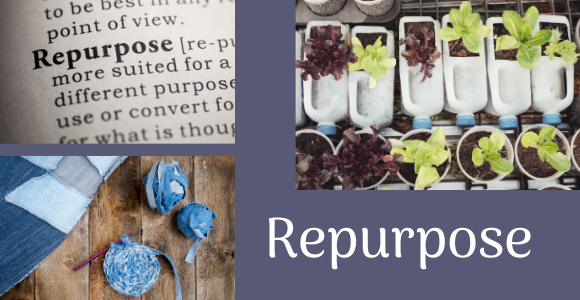
Repurpose
So where does repurpose fit with these other two terms? Again looking at Merriam-Webster’s online dictionary, the term “repurpose” is defined as “to give a new purpose or use to”. The Cambridge Dictionary online defines “repurpose” as “to find a new use for an idea, product, or building”. A slightly clearer definition found on this site is “to reuse the (waste) material in its original state, but to a different purpose.”
Whereas you would reuse a product for its original purpose in a new place or way, to repurpose would be to find a new purpose for an already existing material. It wouldn’t go through any kind of process as it would in recycling, but would simply find a new purpose than the original one. Pinterest is a great resource in looking for ways to repurpose.
Benefits
Similarly to reuse, repurpose keeps waste out of landfills and reduces land, water and air pollution. It inspires creativity and saves money by using already owned products instead of buying new products. Repurposing also limits the need for new natural resources such as timber, water and materials.
Examples of Repurpose
Hanging a carpet as a wall hanging
Using an old jar as a vase
Old TV into an aquarium
Sock into sock puppet
Picture frame into earring or bow holder
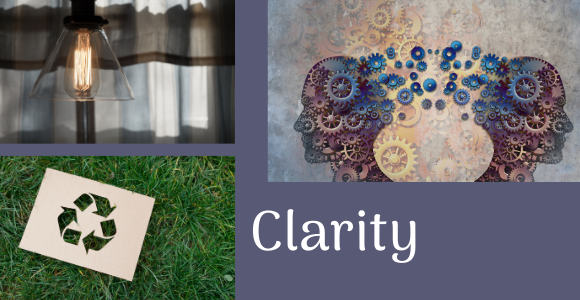
Clarity
We hope that by reading this post you have gained clarity and understanding around the differences between reuse, recycle and repurpose. The most effective tool in making an environmental difference for the future is in spreading awareness and education so that larger scale change can occur. Please share and spread the word about recycling, textile recycling and other avenues of cutting waste through reuse and repurpose (and reduce and refuse) to affect change in the world around you.

